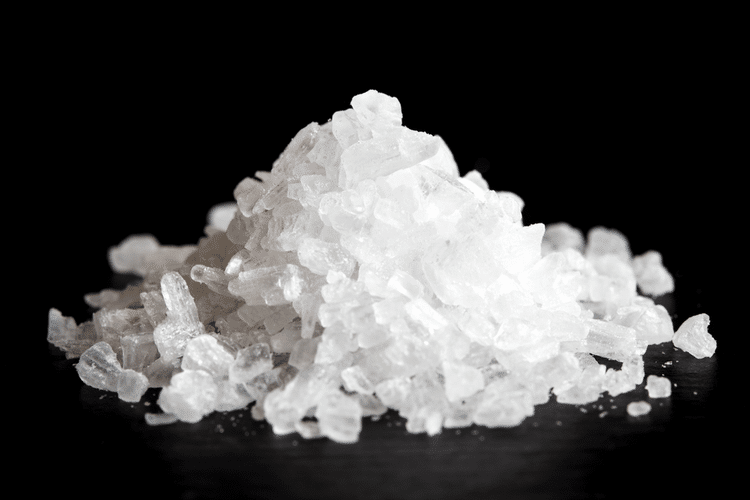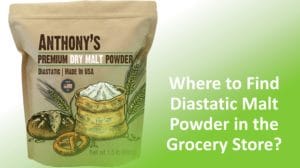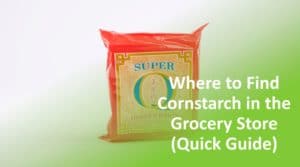Epsom salt is one of the most common household remedies for aches, pains, and even constipation.
Used in countless homes, Epsom salt is an over-the-counter remedy that one can bathe in or ingest, though it should be noted that it is not FDA approved.
For more information on Epsom salt, how to find it, and what to substitute it with, read on for a quick and easy guide.
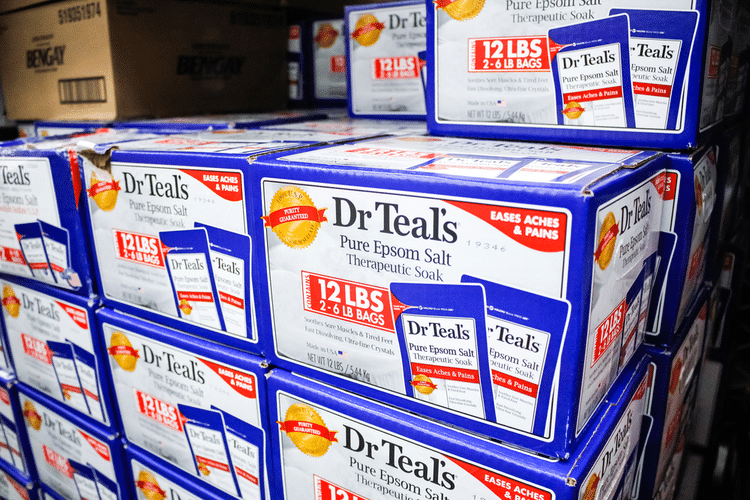
Where to Buy Epsom Salt Near Me
Epsom salt is incredibly easy to find and purchase. You should try your local supermarket or grocery store, as there’s a high chance you’ll find it there.
Many stores also carry their brand as well as several name-brand health products that use Epsom salt.
If your local supermarket doesn’t have it, check chain companies like Walmart, Target, Publix, and others, depending on your location.
Failing this, you can likely find Epsom salt in nearby health and wellness stores, sports stores, or holistic medicine carriers.
If you are unable to find Epsom salt in any of these areas for some reason, you can easily find Epsom salt online for delivery. Make sure that you’re purchasing from a reputable outlet
Purchasing from a reputable outlet will help to obtain a high-quality and effective product. Lower quality Epsom salt may have been mixed with things you’d rather not use.
It’s highly recommended that you research your product and buy a local or name-brand product to receive something safe, effective, and great for you to use.
How to Store Epsom Salt
Epsom salt is easy to store. One thing to note is the long shelf life that Epsom salt has. You shouldn’t have to worry about the salt expiring or going bad.
Epsom salt will not have a set “expiration” in the same way that many consumable products do. It will not go bad or negatively impact your health after a certain date.
That isn’t to say that it lasts forever. Your product should have a “best by” or “use by” date printed somewhere on the package.
After this date, your product may have lost a good amount of its effectiveness, rendering it less useful, so make sure to use it before this date.
Past this issue, your salt will store almost indefinitely without consequence. It may clump up, but this is easily solved by breaking it apart again or simply dissolving it into your bath.
To properly store Epsom salt, leave it somewhere away from moisture. Storing it in your restroom is a bad idea.
Hot showers or baths can cause the room to become humid and warm, clumping the salt.
Try a medicine cabinet or beneath the sink. These areas avoid moisture and light and can make sure that the salt lasts as long as possible.
You also might want to transfer the salts into an air-tight container. Something like a Tupperware container or other such storage item is a great choice for this.
By doing so, you can avoid humidity and prevent the salt from clumping up.
An important note is not to store it where children or pets can get into it. Some animals may experience a form of toxic shock if they were to consume the Epsom salt.
Children also may experience negative effects if they were to get into the container and consume too much.
Common Ways to Use Epsom Salt
Epsom salt has multiple methods of use. Arguably the most common is to use Epsom salt as a bath salt. In this method, it’s similar to a bath bomb.
You won’t need much, either. For the average bathtub, about 1 ¼ cups of Epsom salt dissolved into the water is all that’s needed.
You can certainly use more, but raising the “dose” will not improve effectiveness. You’ll just have a bit stronger of a brine to lay in.
When poured into your bathwater, you should let the water get as hot as you can stand. Once this is done, stir the bathwater to make sure that the salt is dissolved.
Without letting it dissolve, the salt will sit on the bottom of your tub. Not only will this feel uncomfortable when you sit or lie in the bath, but it will also fail to infuse your water with the salt.
It’s also worth noting that many manufacturers recommend you do not use Epsom salt in a hot tub, whirlpool bath, or other tubs with jets.
Primarily, this is because some products may not completely dissolve, making the salt clog your jets.
Bathing in Epsom salt is the method that most will use when trying to ease their aches and pains.
When using this method, soaking in the tub for roughly fifteen minutes should give you all of the benefits that the salt is going to give. If you’d like to rest longer, you’re safe to do so.
The second common way of using Epsom salt is to use the product as an ingestable good. When used this way, Epsom salt is a dietary supplement.
It also has properties similar to a laxative, making it useful for constipation or other issues with one’s bowels. Some may substitute it for a prescribed laxative for this purpose.
The third and final way that you’ll often see Epsom salt used is as a foot bath. Using Epsom salt for one’s feet is common practice for beauty purposes and to relieve swollen feet.
The warm water and melted salt will help to relieve swelling, aches, and muscle pains. Always get medical advice before using any health product.
Before you use Epsom salt, make sure that you’re consulting with your doctor. Many people shouldn’t use Epsom salt, such as those with kidney issues or even expectant mothers.
What to Get Instead
Epsom salt is an effective product, but far from the only product that fulfills its niche. Here are some epsom salt substitutes that you may prefer to use.
- Sea salt
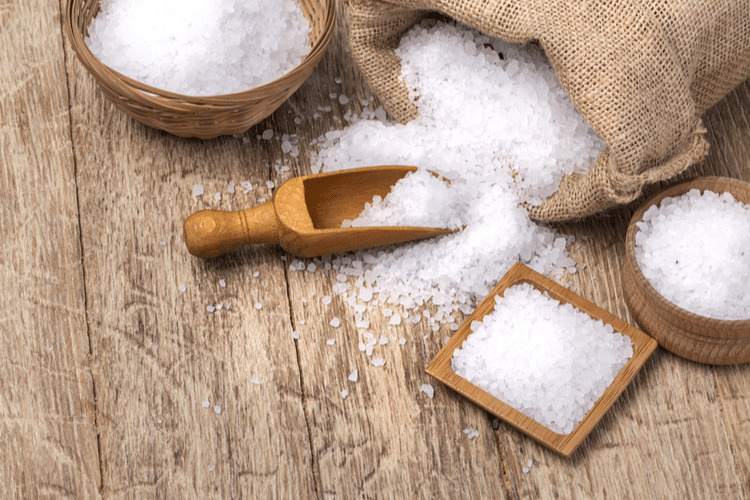
- Essential oils

- Oatmeal (yes, really)

- Apple cider vinegar

- Baking soda
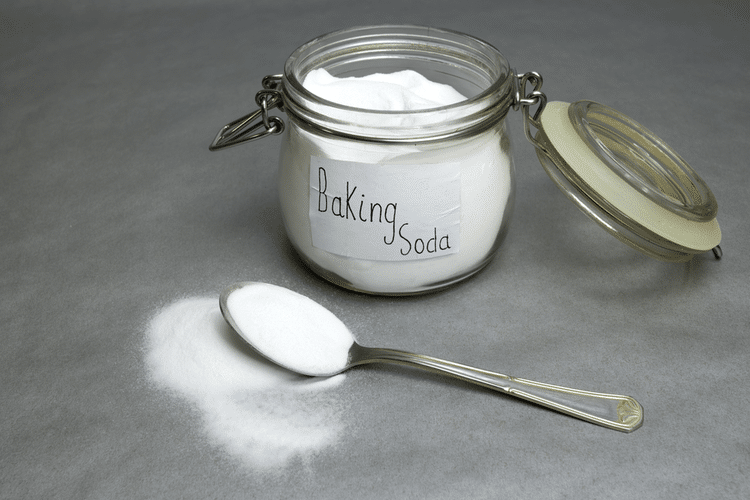
- Mustard powder
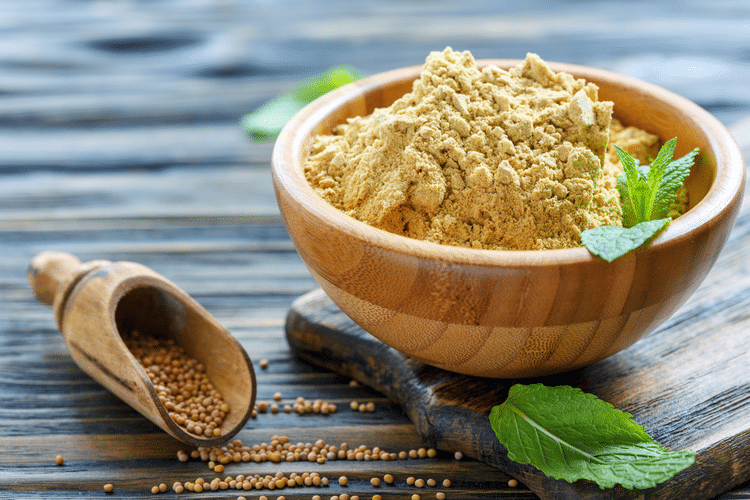
- Prune juice (as a laxative)

- Rock salt
